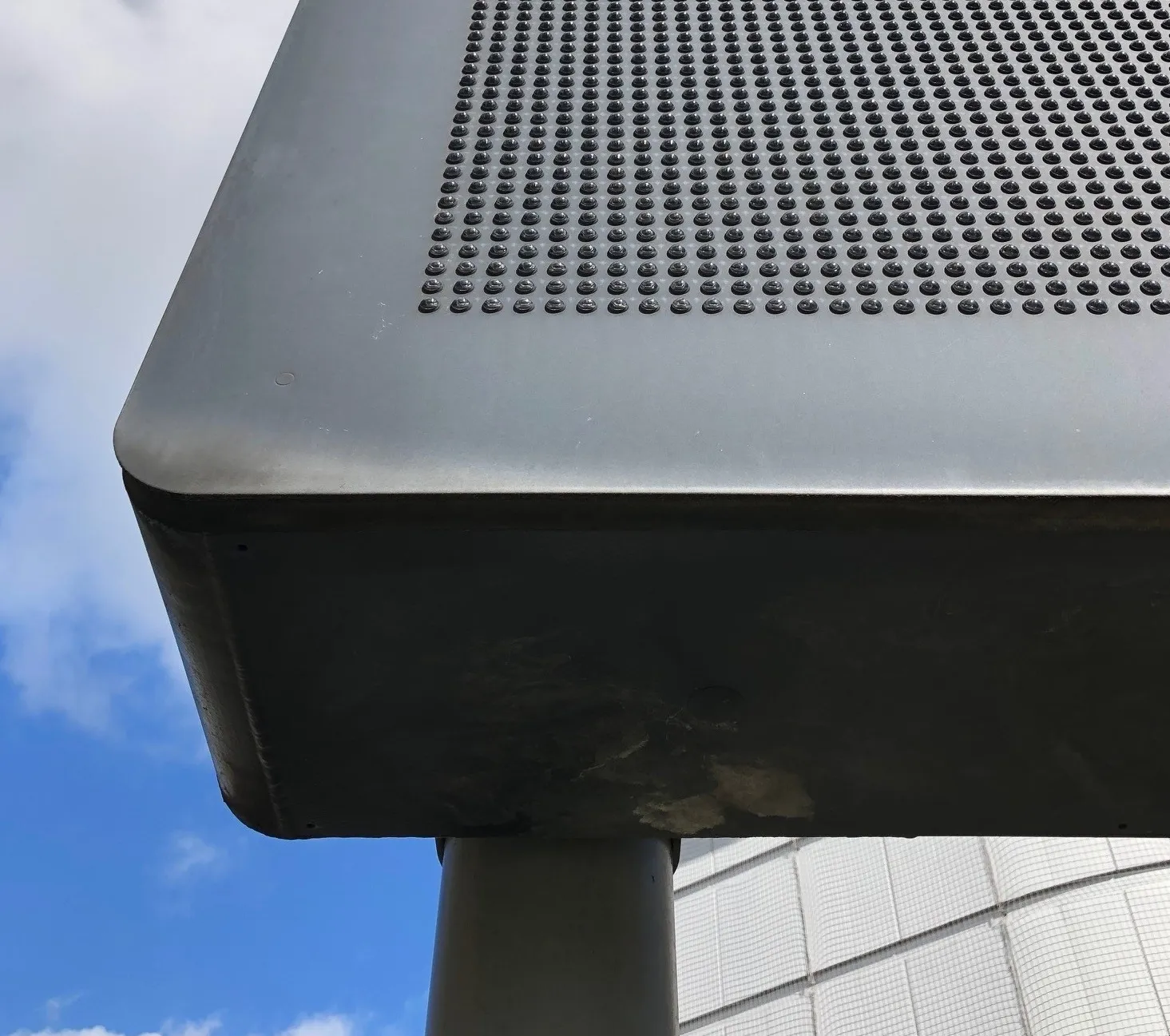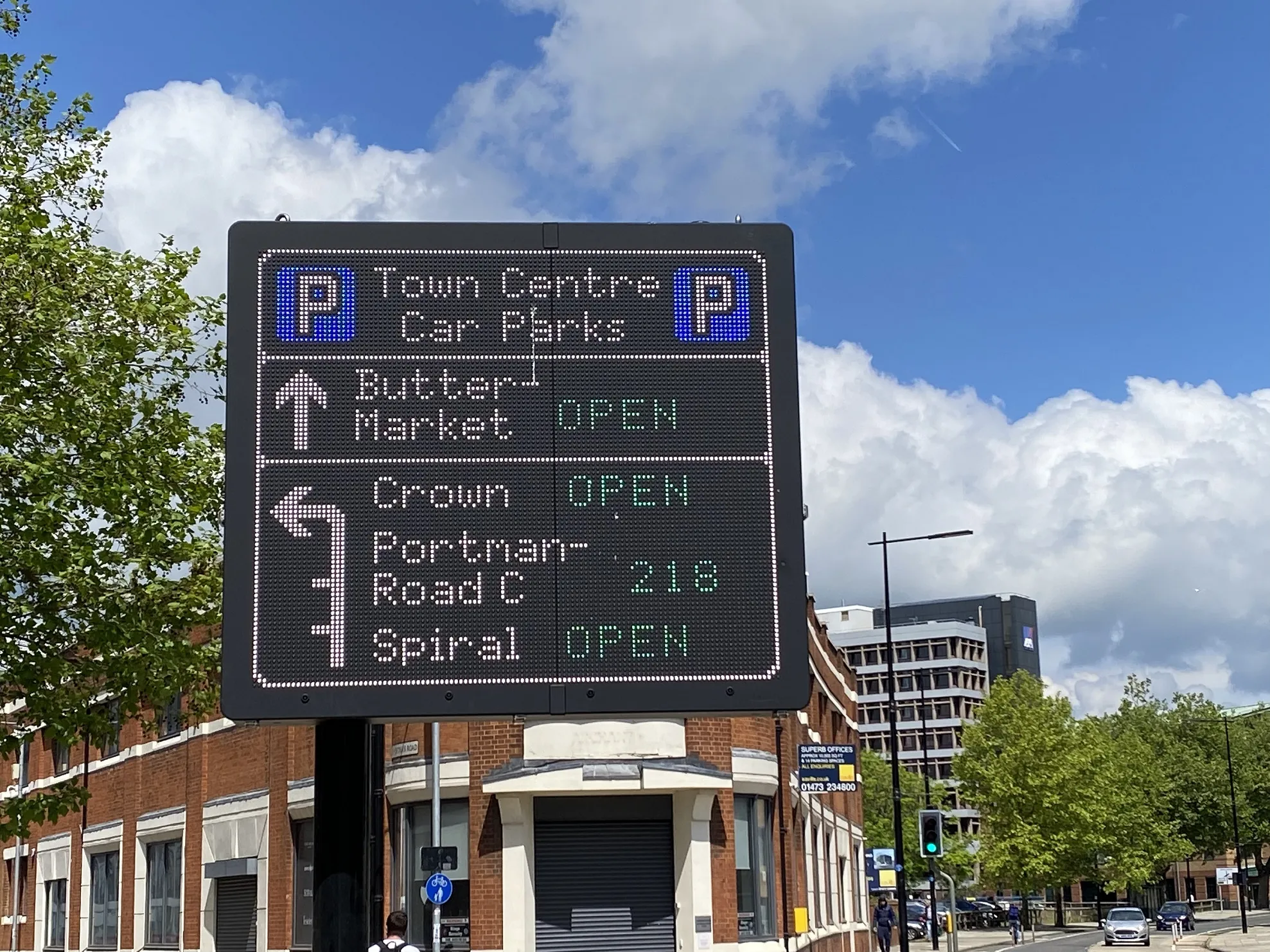May 1, 2021
OPTIPARK® Wayfinding integrates real-time data from any parking access and revenue control system (PARCS) provider, parking operator, valet system or parking guidance system via one central software platform. This parking information can be displayed on McCain’s vibrant large full-colour Variable Messaging Signs (VMS). Utilising OPTIPARK central software, parking facility operators can remotely monitor VMS, detectors and car park information from one central system. The easy-to-use interface and accessibility via a web browser make OPTIPARK a simple and effective way to manage traffic. As with other McCain solutions, OPTIPARK is scalable and can operate independently or be fully integrated into a community-wide traffic system.








